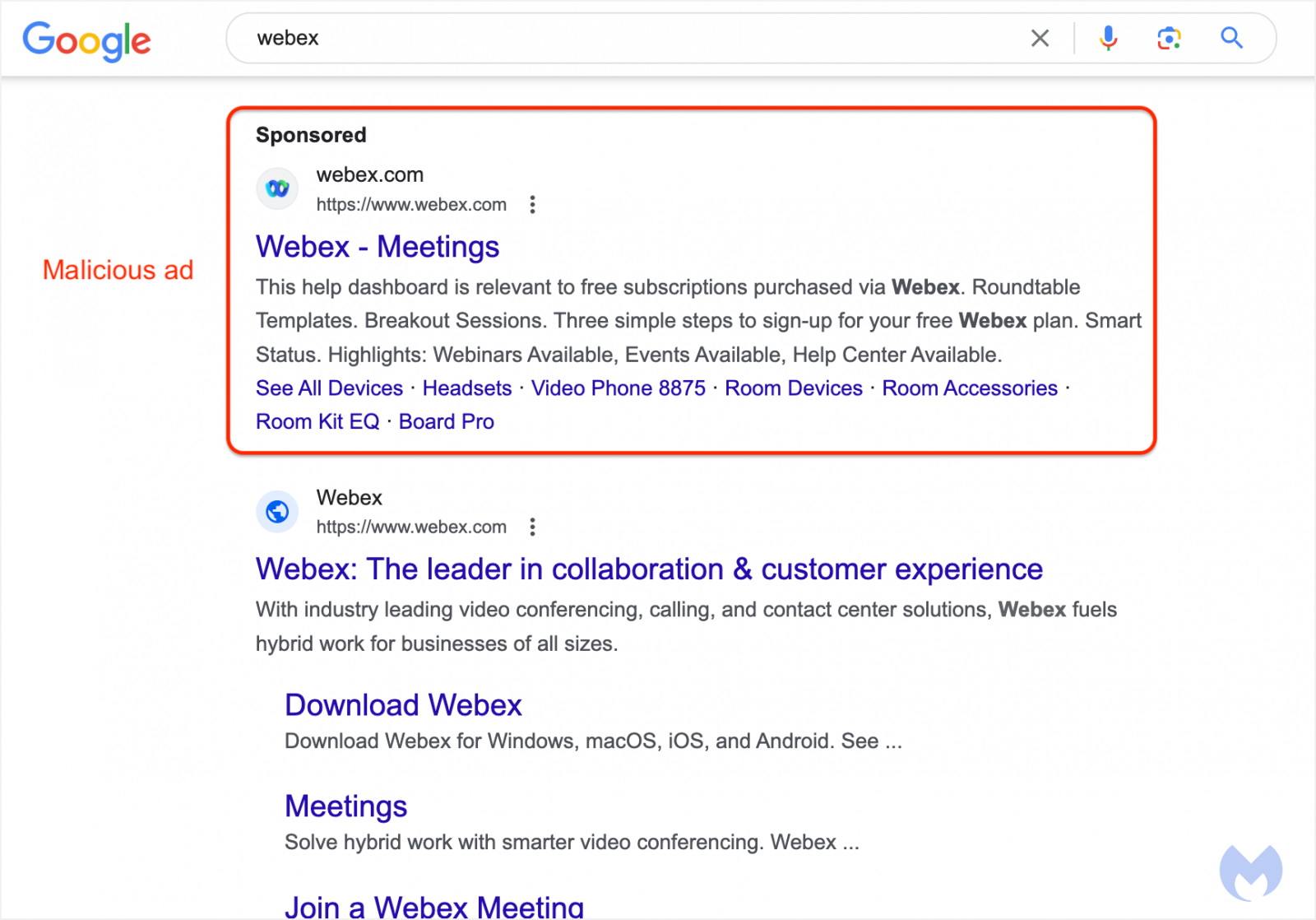- cross-posted to:
- [email protected]
- cross-posted to:
- [email protected]
cross-posted from: https://lemmy.ml/post/4912712
Most people know at this point that when searching for a popular software package to download, you should be very careful to avoid clicking on any of the search ads that appear, as this has become an extremely common vector for distributing malware to unsuspecting users.
If you thought that you could identify these malicious ads by checking the URL below the ad to see if it directs to the legitimate site, think again! Malware advertisers have found a way to use Google’s Ad platform to fake the URL shown with the ad to make it appear like a legitimate ad for the product when in fact, clicking the ad will redirect to an attacker controlled site serving malware.
Don’t click on search ads or, even better, use an ad-blocker so that you never see them in the first place!




Is it easy to self host SearXNG? What is the minimum requirements needed to self host?
I don’t know the exact requirements but I’m literally running a locally hosted one on a much more previous generation CPU (i7-7820HK) and I appear to be using no more than 4GB of ram including Podman Desktop, WSL and the Docker image itself not seeming to consume that much RAM.
I don’t feel as if you could possibly lack the system resources needed to do it comfortably if you have at least 12GB of ram (for locally hosting on Windows 10) or 4GB of ram (Any flavor of Linux probably, if you wanna throw an old PC or rPi/rPi-like at it.)
You should look closely at https://github.com/searxng/searxng and find out what the exact requirements could be by asking the maintainers.